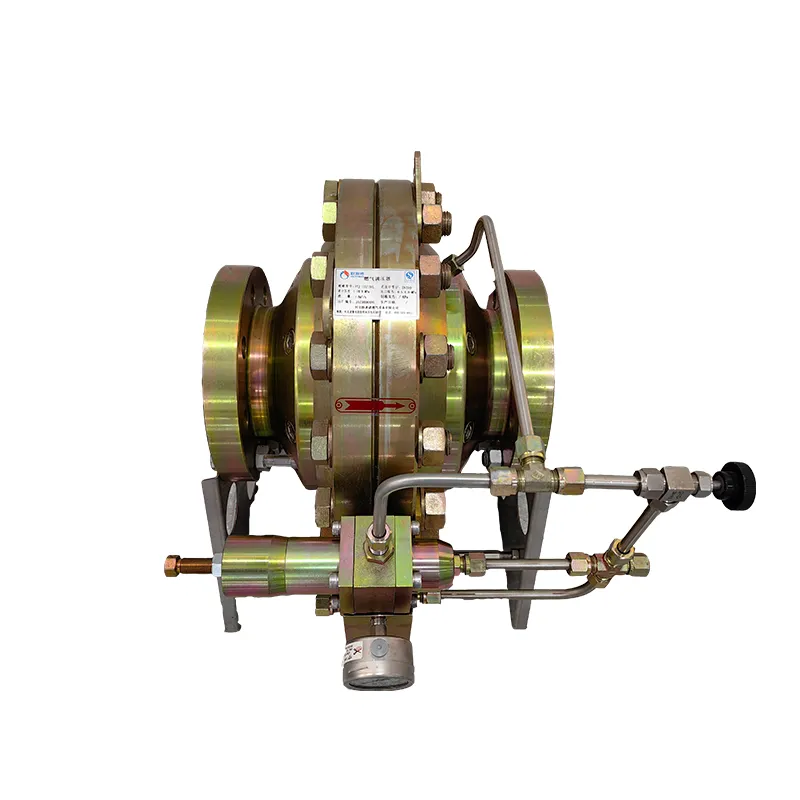
Nov . 12, 2024 16:06
Back to list
relief valves
Understanding Relief Valves Essential Components for Safety and Efficiency
Relief valves are vital safety devices commonly used in various industrial applications to protect pressurized systems from excessive pressure conditions. These valves are designed to automatically release pressure when it rises above a predetermined level, ensuring the safety and integrity of equipment and operators alike. In this article, we will explore the working principles of relief valves, their applications, and the importance of proper maintenance.
A relief valve operates based on the principle of balancing the pressures within a system. When the pressure in a vessel or pipeline exceeds the set point, the force exerted by the fluid on the valve's disc overcomes the spring tension holding it closed. As the disc lifts, fluid is allowed to escape, which reduces the pressure in the system. Once the pressure falls back to the desired level, the valve closes automatically, sealing the system once again. This simple yet effective mechanism plays a critical role in maintaining safe operating conditions.
Relief valves come in various types, each designed for specific applications. The most common types include spring-loaded relief valves, pilot-operated relief valves, and vacuum relief valves. Spring-loaded relief valves are the simplest and are widely used in applications such as boilers and pressure vessels. They consist of a spring mechanism that holds the valve closed until the pressure exceeds the set threshold. Pilot-operated relief valves, on the other hand, are more complex and are used in high-pressure applications where precise control is necessary. They utilize a small pilot valve to initiate the opening of a larger main valve. Vacuum relief valves are specialized for applications where negative pressure may occur, providing a safe pathway for air intake to prevent equipment collapse.
relief valves

The importance of relief valves cannot be overstated. Without these devices, pressurized systems would be at risk of catastrophic failures, leading to equipment damage, environmental hazards, and potential harm to personnel. Industries such as oil and gas, chemical manufacturing, and power generation rely heavily on relief valves to ensure operational safety. Regulatory bodies often mandate their installation and regular testing to comply with safety standards.
Moreover, proper maintenance of relief valves is crucial for their performance. Over time, debris, corrosion, and wear can affect the functionality of these devices. Regular inspection, testing, and servicing are essential to ensure that relief valves operate correctly. Anomalies such as leaks or failure to open at the specified pressure can compromise safety and lead to costly downtimes.
In conclusion, relief valves are indispensable components in the realm of industrial safety. Their ability to manage pressure surges and prevent dangerous situations underscores their significance across various sectors. By understanding how these valves work, their applications, and the necessity for regular maintenance, industries can enhance the safety and reliability of their operations. As technology advances, ongoing improvements in relief valve design and functionality will continue to play a pivotal role in safeguarding both people and the environment.
Latest news
-
Safety Valve Spring-Loaded Design Overpressure ProtectionNewsJul.25,2025
-
Precision Voltage Regulator AC5 Accuracy Grade PerformanceNewsJul.25,2025
-
Natural Gas Pressure Regulating Skid Industrial Pipeline ApplicationsNewsJul.25,2025
-
Natural Gas Filter Stainless Steel Mesh Element DesignNewsJul.25,2025
-
Gas Pressure Regulator Valve Direct-Acting Spring-Loaded DesignNewsJul.25,2025
-
Decompression Equipment Multi-Stage Heat Exchange System DesignNewsJul.25,2025

